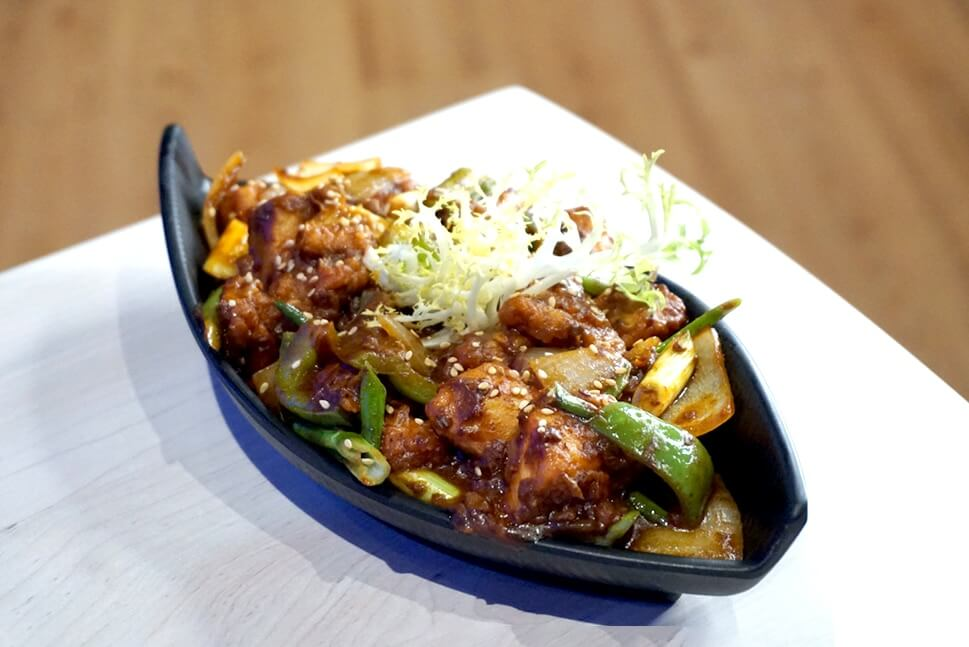Rich and flavorful food : South Indian restaurant in NJ
Among India's most well-liked regional cuisines is South Indian. All of the foods use regionally specific local ingredients, and they vary greatly in how spicy they are. The inclusion of substantial amounts of coconut in dishes is a highlight of South Indian cuisine. Curry leaves, mustard oil, fermented rice or legumes and other essential and typical components are also included. The South Indian restaurant in NJ offers flavorsome as well as exotic dishes.
The rich mix of flavors found in South India is unmatched. Every region has its own combination of flavors and goods, from the acidic tones of tamarind pulp to the soothing smoothness of coconut milk. The extensive heritage and varied eating habits that characterize South Indian cuisine certainly enthrall you while you are a gourmet fan.
We are going to go on a delectable culinary delight in South India in the next section. We'll examine the fundamentals of this amazing cuisine, explore the local specialties that entice palates, and unearth the undiscovered treasures that lie above the typical choices. Prepare to have your taste buds sated as you take off on a South Indian culinary trip! The essential trio of South Indian cooking includes rice, dals (lentils), and seasonings. Since it forms the basis of most foods, rice is king. Popular types consist of:
Basmati
Although it is not limited to South India, Basmati rice is used in South Indian cooking on certain days. It enhances every dish with its appealing flavor and thin, lengthy granules. Basmati has a unique scent that is frequently characterized as rich or fragrant, in contrast to several South Indian mainstays like Sona Masuri or Ponni. This special quality gives a celebration dinner at the South Indian restaurant in NJ a hint of refinement.
The flavors of South Indian food are renowned for being strong and vivid. The gentle delicacy and light, puffy consistency of basmati rice make it the ideal contrast for the savory flavor of soups and sauces.
Nevertheless, it tends to be of a special occasion due to its higher price point by contrast with various South Indian rice kinds. Therefore, a boiling pot of Basmati rice may be served with the typical fare during holidays, weddings, or family reunions, lending a sense of grandeur to the South Indian meal.
Sona Masuri
Sona Masuri rice, a medium-grain white rice valued for its puffy texture and remarkable flavor-absorbing capacity, is a gem within South Indian favorites. When prepared, Sona Masuri has a firm somewhat wet form, in contrast to the narrow, long granules of Basmati. Because of this feature, it's the ideal medium for absorbing the deep and nuanced flavors of South Indian curries.
Each serving delivers a burst of flavor as each airy bite is filled with the vitality of sour tamarind pulp, fragrant herbs, and silky coconut milk. The savory turmeric, curry leaves, and spicy chillies all stand out thanks to Sona Masuri's balanced flavor base. It enhances the combination of spices as opposed to overpowers them, making for a pleasing and well-balanced meal.
Sona Masuri is also a mainstay in South Indian homes due to its reasonable price, making it ideal for both big meals and daily meals. Enjoy the puffy Sona Masuri rice that authentically transports the vivid flavors to your mouth every time you tuck into a plate of South Indian curry.
Ponni rice
Ponni rice, a popular short-grain in South Indian cooking, is distinguished by its distinct sticky feel. In contrast to the delicate Sona Masuri or the long-grained Basmati, Ponni has a special "cling" that makes it perfect for certain recipes, especially the well-liked dosa.
The foundation of the soured crepe is organically sticky because these essence, spherical granules cook up pleasant and a bit sticky. There is more to this innate sturdiness than merely usefulness. It adds to the dosa's distinct taste and consistency. The crunchy outside is complemented by a pleasing chewy from the little softness.
Furthermore, the dosa's viscous texture enables it to retain its contents, be they a dulcet legume blend or a savory potato masala. Ponni rice is more than simply an essential; it's what makes the dosa taste cohesive, turning a basic mix into a South Indian culinary marvel. However, at the South Indian restaurant in NJ several other south india food is served. You can give them a try.



Comments
Post a Comment